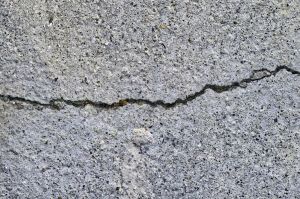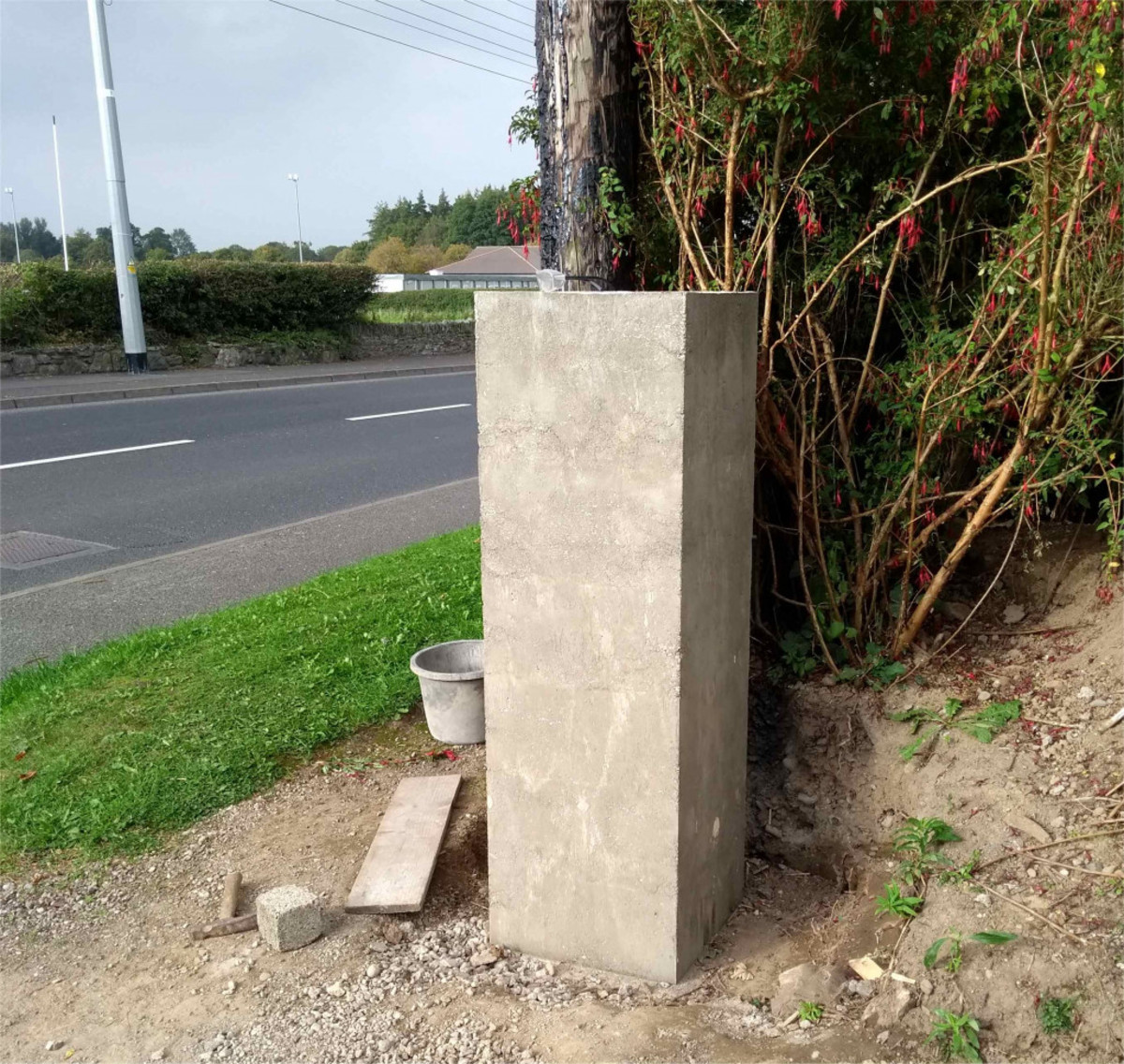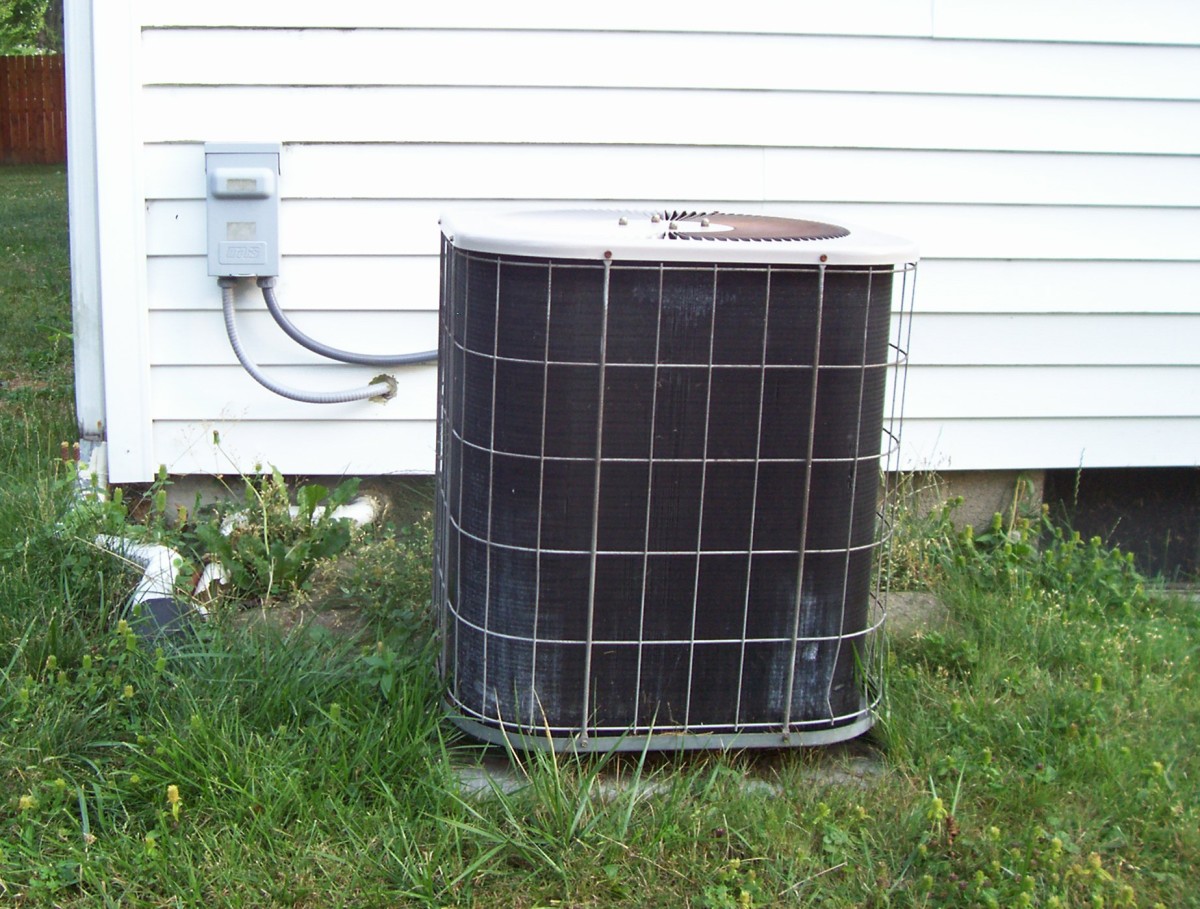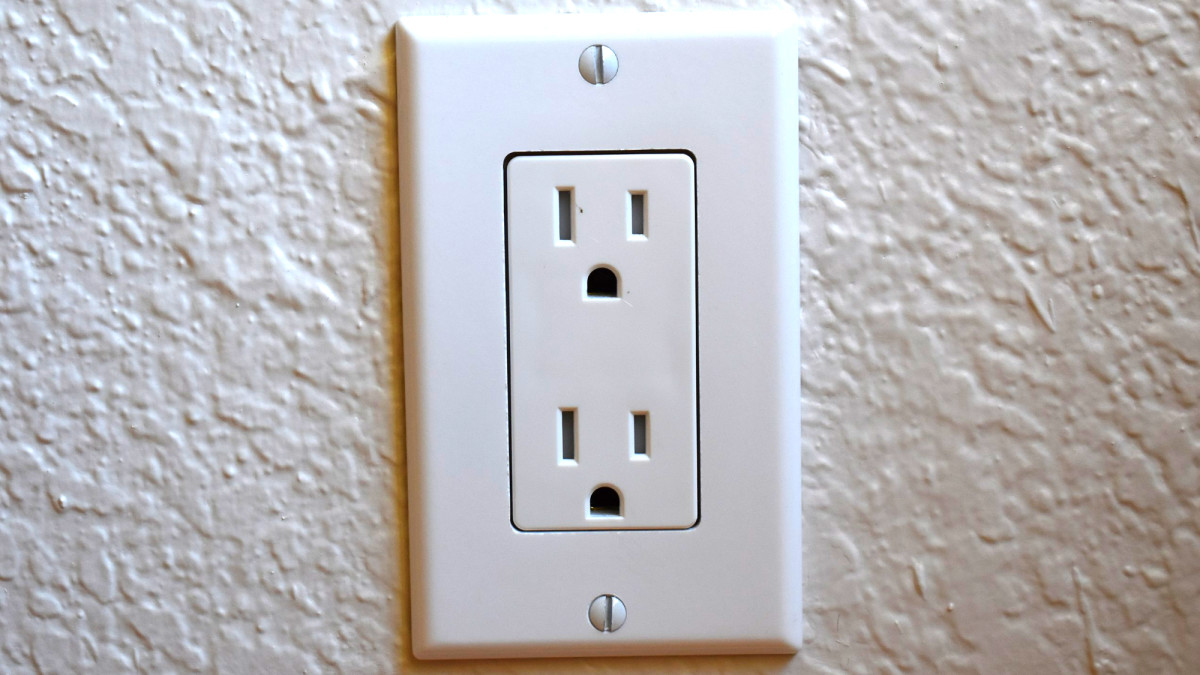Concrete Foundation Crack Repair
Concrete crack repair is a messy job and one that is best left to the experts. It is normal for a concrete foundation to crack. Depending on the severity of your foundation crack will determine if you need to have it repaired. A crack in your foundation can be a major hassle. Depending on the severity of the crack, it can cause some serious floods in your basement. This can be a huge problem, especially if you have a finished basement. Not only can the water damage your possessions, but it can also lead to other problems such as mold or mildew. But fixing a crack in your concrete foundation wall is not an easy task. Contrary to what you see on television, simply applying a layer of patching compound or attempting to fill the crack with silicone, caulk, or any other type of material will not solve your problem. It may postpone the leak for a small period of time, but eventually your home crack repair job will fail.
Why your repair will ultimately fail.
The reason these techniques will not work is simple. You are only covering one side of the crack with your repair job. On the other side of your foundation, the crack is still exposed to the elements and water can still get into the crack. Eventually, the water will work it's way back into your home. It may take awhile, but running or dripping water over time will get to where it needs to go. Just look at the Grand Canyon, that didn't happen in a week! To completely eliminate the crack and the leak, you must copletely fill the crack from front to back, preventing the water to enter the crack from the outside.

How can I do that? There is dirt on the outside!
For a complete repair, you are best off calling a local concrete repair company. They will have the tools and materials to fix your foundation, and after reading this Hub, you will be better prepared to call and talk to them or attempt the repair yourself. They will use a technique called "crack injection". The process is quite simple, but the materials can be extremely messy.
The first step is to clean the crack. Use a small pick to remove any stray chunks of concrete that may be stuck in the crack. Also take a wire brush and scrub the surface of the foundation wall on both sides of the crack. This is an important step, do not skip it.
The concrete repair person will then adhere small plastic straws called injection ports to the face of the crack. These are made from sturdy plastic and have a flat base allowing them to lay against the surface of the wall. They also have a plastic cap to close the end of the injection port (will be explained in more detail further down). The easiest way to get these straws to stick to the wall is by using epoxy putty, otherwise know as plumber's putty. You probably know it as Mighty Putty as made famous by Billy Mays. The putty dries quick, so it is a good idea to have a second person kneading the putty while the first uses it to affix the sports to the wall. The number of ports you will need depends on the size of the crack as well as the height of the wall. A good rule of thumb is to place them every 12" to 18" inches up the crack. It is extremely important to make sure the hole on the back of the straw is directly over the exposed crack! It is also a good idea to wear some latex gloves while mixing and applying the putty.
Next you will need a small bucket of ready mix cement. You do not need a big 50 or 80lb bag for this. I forget the brand I used to use, but it comes in two different size yellow buckets from any local home improvement store, Quickcrete maybe? What you want to do is mix this cement in small batches, and starting at the bottom of the crack, you want to cover the entire crack and the base of the injection ports. Do not skimp on this step! What you want to end up with is a mound of concrete that completely covers the crack (at least 3" on either side). You don't want any exposed areas and it needs to be strong enough to withstand the back pressure from our next step. This needs to sit for at least 24 hours to allow the concrete to dry.
Crack Injection!
Once your concrete has finished drying, it is time to inject the crack. This is done with a "double caulk gun". Not really a caulk gun, but it works the same way. the only exception is this gun takes two tubes of material. Once the tubes are in the gun, a mixing straw is screwed onto the end. This straw has a plastic screw running inside the whole straw. When the gun is pumped, the material from the two separate tubes is mixed as it travels threw the threaded straw. The two products used for crack are injection polyurethane and epoxy resin. They each come in a two part liquid form and once mixed, there is a reaction. The epoxy resin turns into a hard solid while the polyurethane is more of a hardened foam.
Starting at the bottom of the crack, insert the gun into the bottom port and start injecting the liquid. Make sure you have removed all the caps from the injection ports. Do not pump too quickly, if you go too fast you run the risk of blowing out the cement that is covering the crack. Keep a steady pace and keep your eye on the port above the one you are injecting. Depending on the size of the crack, you should start to see some product oozing out of the second straw from the bottom. Now you need to cap the bottom port and start injecting the second port. Now watch the third one until material starts to ooze out. Repeat this process until you reach the top. When you are injecting the last port, you should see some material come out the top of the wall, the crack is still exposed up there. Wait a few more minutes and give the material a chance to settle and then inject some more.
That is all there is to it. Let it sit for a week or so, and then with a hammer, gently smash the concrete mound you built off of the wall. You can also use a chisel, you will likely need one anyway to remove the plastic straws from the wall. Using the same wire brush you used to clean the wall before the repair, clean it again.
Epoxy Resin or Polyurethane
Epoxy is used for structural cracks, otherwise polyurethane is used. When the epoxy hardens, it is actually stronger than the concrete wall itself. The polyurethane reacts when it contacts water though which is why it is widely used for leaking cracks. If in doubt on which product to use, contact a local concrete crack repairman. One thing you should call a contractor for are corner cracks or cracks where the two sides of the wall are no longer even. These are signs of structural damage and you will need the help of an engineer to get it fixed correctly.
- Concrete Wall, Slab, and Core Cutting
Concrete cutting is big business. Whether it is a concrete wall or slab that needs to be cut, or cores that need to be drilled, concrete work is always holding up some other type of contractor from doing...








